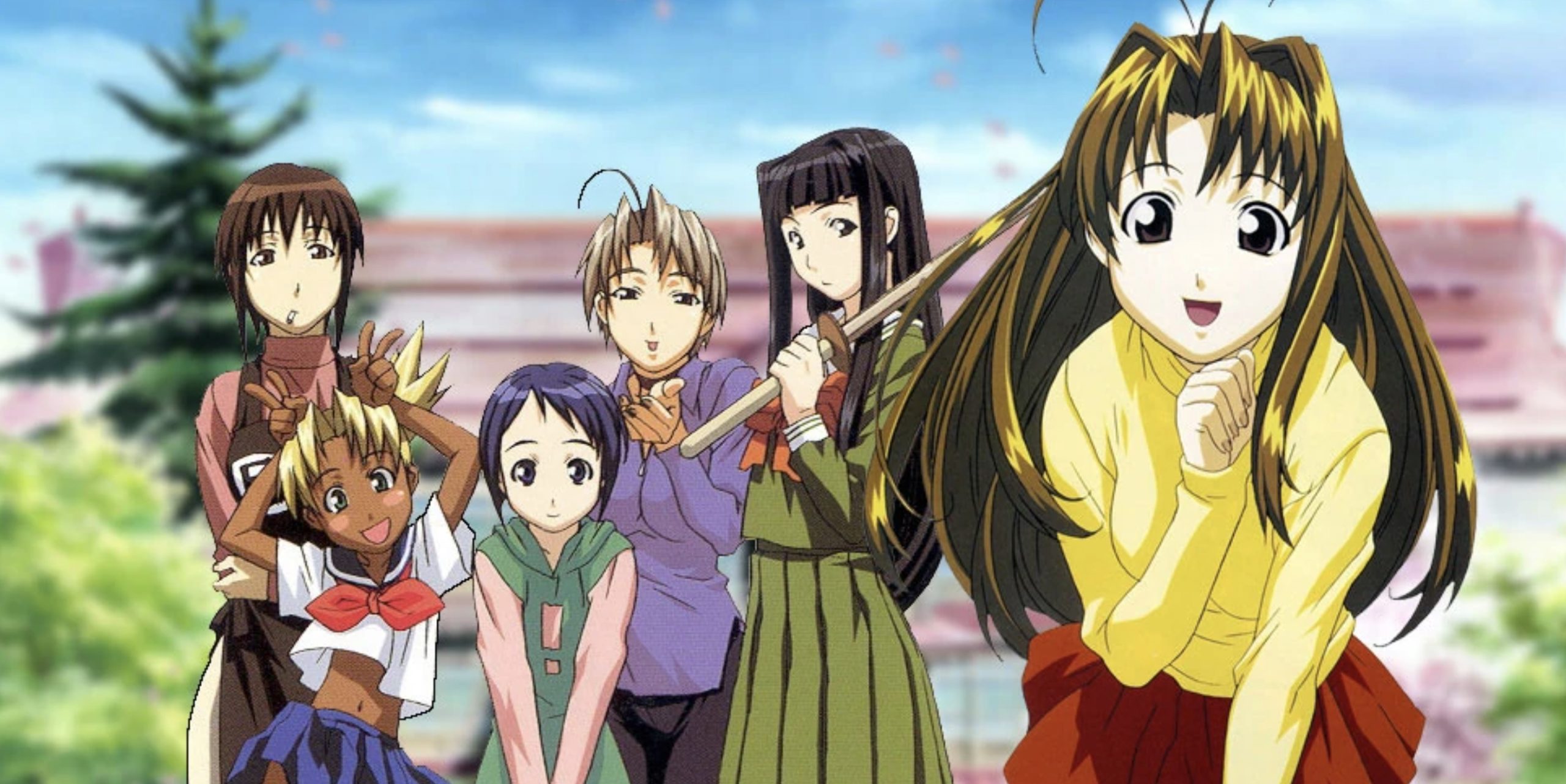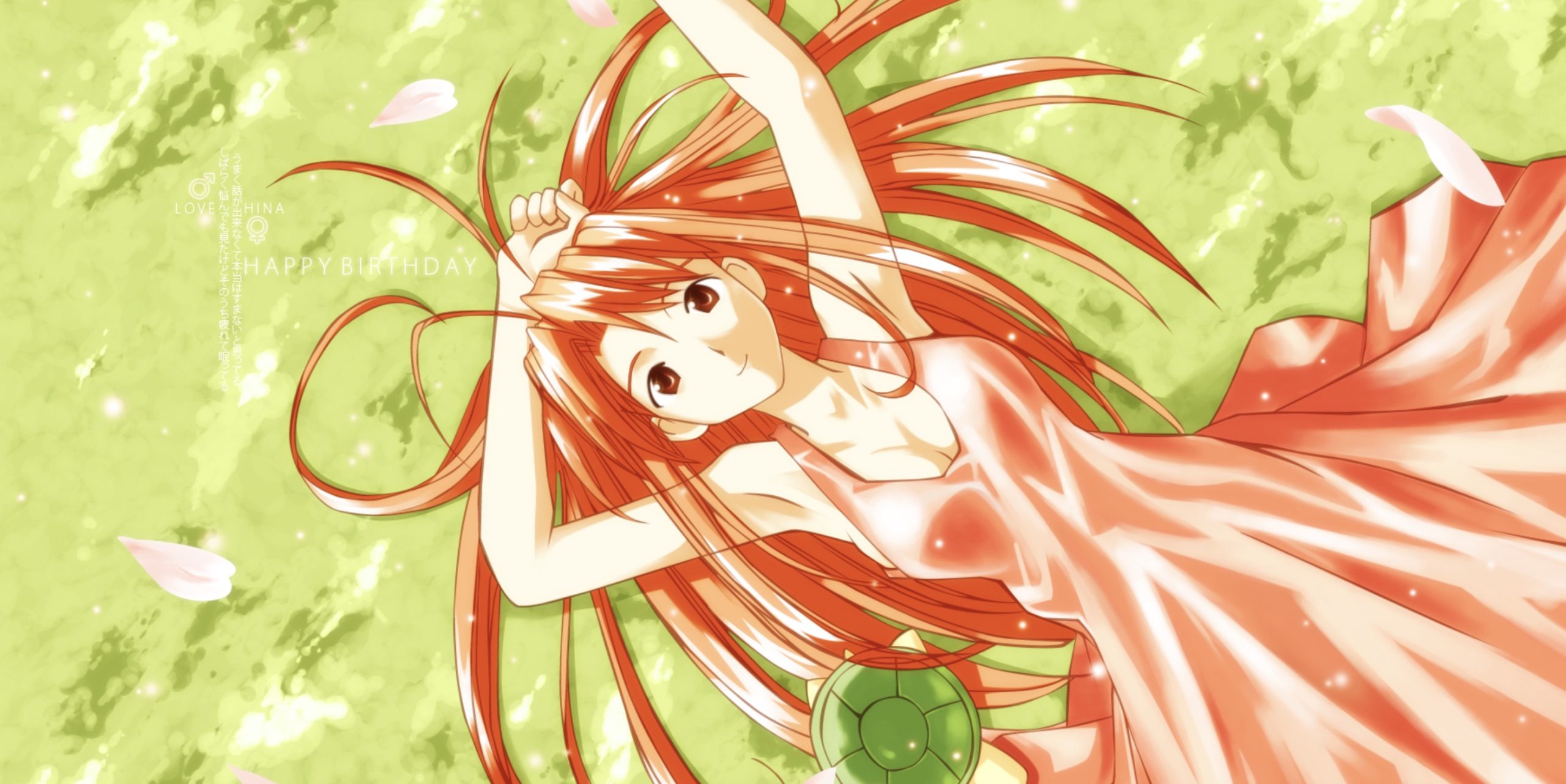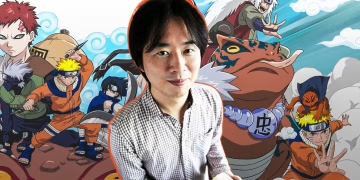According to Ken Akamatsu, the creator of Love Hina and a Japanese politician, the Japanese Government is currently deliberating whether A.I. image generators automatically infringe upon manga artist copyright protections in Japan.
The emergence of A.I. artwork poses a significant challenge for modern manga artists, who often face the risk of their creations being appropriated and repurposed by A.I. programs.
With the advent of artificial intelligence, governments worldwide are reevaluating how to address the use of programs that rely on copyrighted material to generate images.
樋口紀信先生のLoRAの件で、多くの質問を頂いています。特徴的なのは、Civitaiでの配布場所に「学習に使用した画像は全て自作したものであり、イラストレーター本人の著作物は一切使用していません。」と書かれている点です。しかし、仮にイラストレーター本人の著作物が一切AI学習に利用されていない…
— 赤松 健 ⋈(参議院議員・全国比例) (@KenAkamatsu) March 20, 2024
On X (formerly Twitter), Ken Akamatsu, who also serves in Japan’s House of Councillors, recently addressed concerns regarding an A.I. program known as LoRA. Allegations surfaced that this program was used to produce images closely resembling the works of Kishin Higuchi, a prominent manga artist in Japan.
In his statement, Akamatsu says,
“We have received many questions regarding Professor Kishin Higuchi’s LoRA. What’s unique about this is that the distribution area on Civitai says, ‘All images used for learning were created by myself, and no copyrighted work by the illustrator was used.’ However, even if the illustrator’s own copyrighted work is not used for A.I. learning at all, if the act of creating and using the product satisfies “similarity and dependence” in relation to existing copyrighted works, then it can be used as a copyright. It would be a violation of rights.”
The Impact of AI in Art: Ramifications, Regulations, and Industry Responses
If this determination were to be implemented, its ramifications would extend far beyond just those involved in generating A.I. artwork; it would also affect the developers of the technologies used to create such artwork.
Ken Akamatsu further elaborated on this point, noting that in addition to users, developers—specifically, the creators of tools like LoRA—could potentially be held liable for infringement.

The government is also exploring the possibility of violations extending beyond copyright, such as publicity rights, in relation to AI-generated content.
The impact of these potential regulations is underscored by recent developments within the anime and manga community. For instance, the latest volume of One Piece, released on March 4, 2024, includes a revised instruction urging fans not to submit AI-generated artwork. This reflects a growing awareness of the challenges posed by A.I. artwork within the industry.
Controversies surrounding the use of AI in anime and manga production have been brewing for some time. Last year, Japanese publisher Shinchosha faced backlash for releasing Cyberpunk: Peach John, an A.I.-generated manga that closely mimicked the style of renowned artist Sui Ishida, creator of Tokyo Ghoul.
Studio OLM received criticism for incorporating A.I.-generated artwork in an official music video for the Beyblade X series. Many perceive these actions as a means for entertainment companies to cut costs and expedite production, potentially at the expense of human artists.

Rootport, the creator of Peach John, defended the project by highlighting the collaborative nature of the process, emphasizing the continued necessity of human input.
While this may hold true in some instances, concerns persist regarding the broader implications of increased A.I. utilization and its potential impact on traditional artists.
Faced with these challenges, Japanese artists have taken proactive measures, petitioning for protective legislation to safeguard their creative endeavors from A.I. programs like MIMIC, which have the capability to instantly generate images based on existing copyrighted works.
As discussions continue, the need for comprehensive measures to balance innovation with artistic integrity remains paramount.




